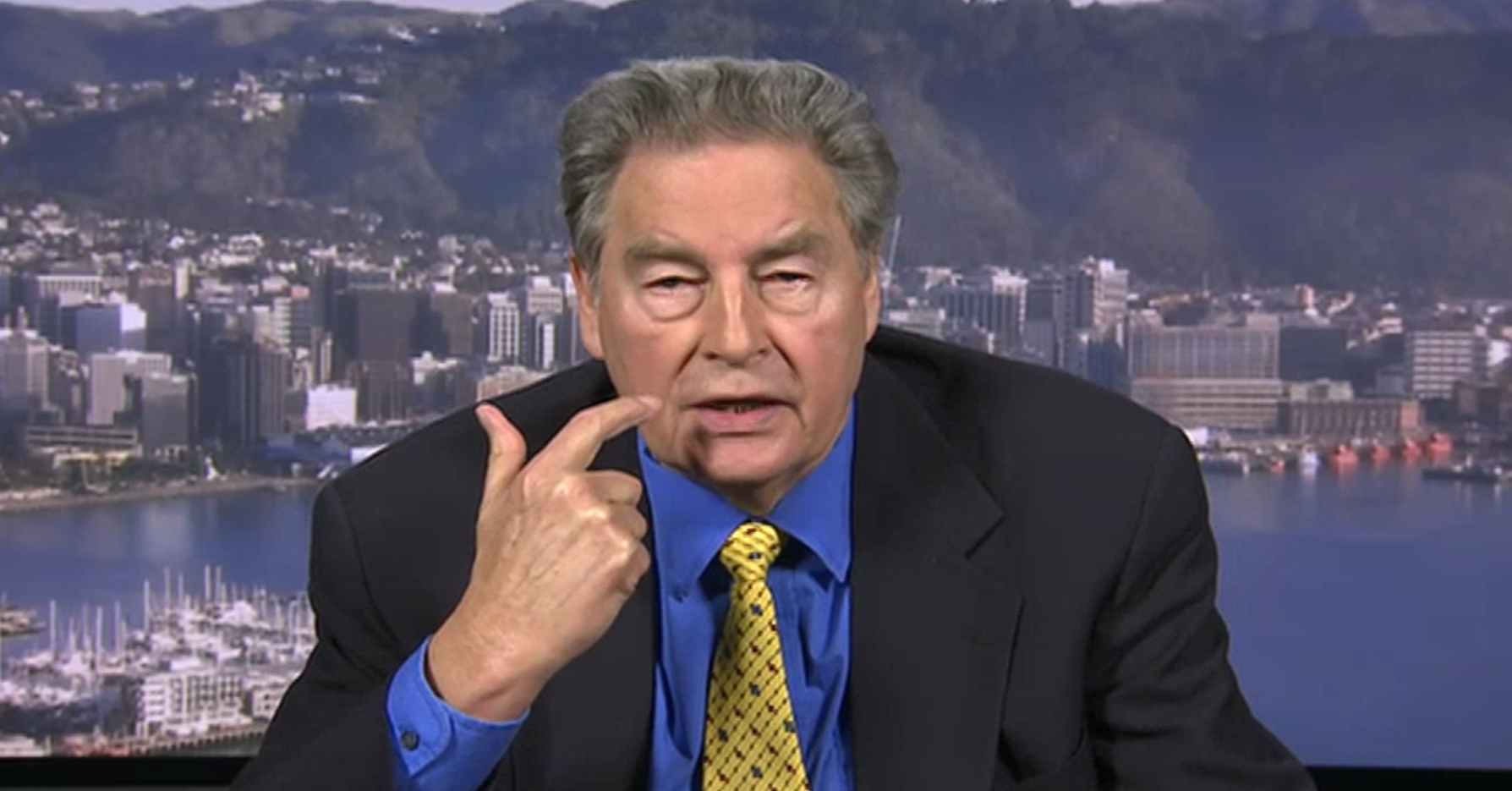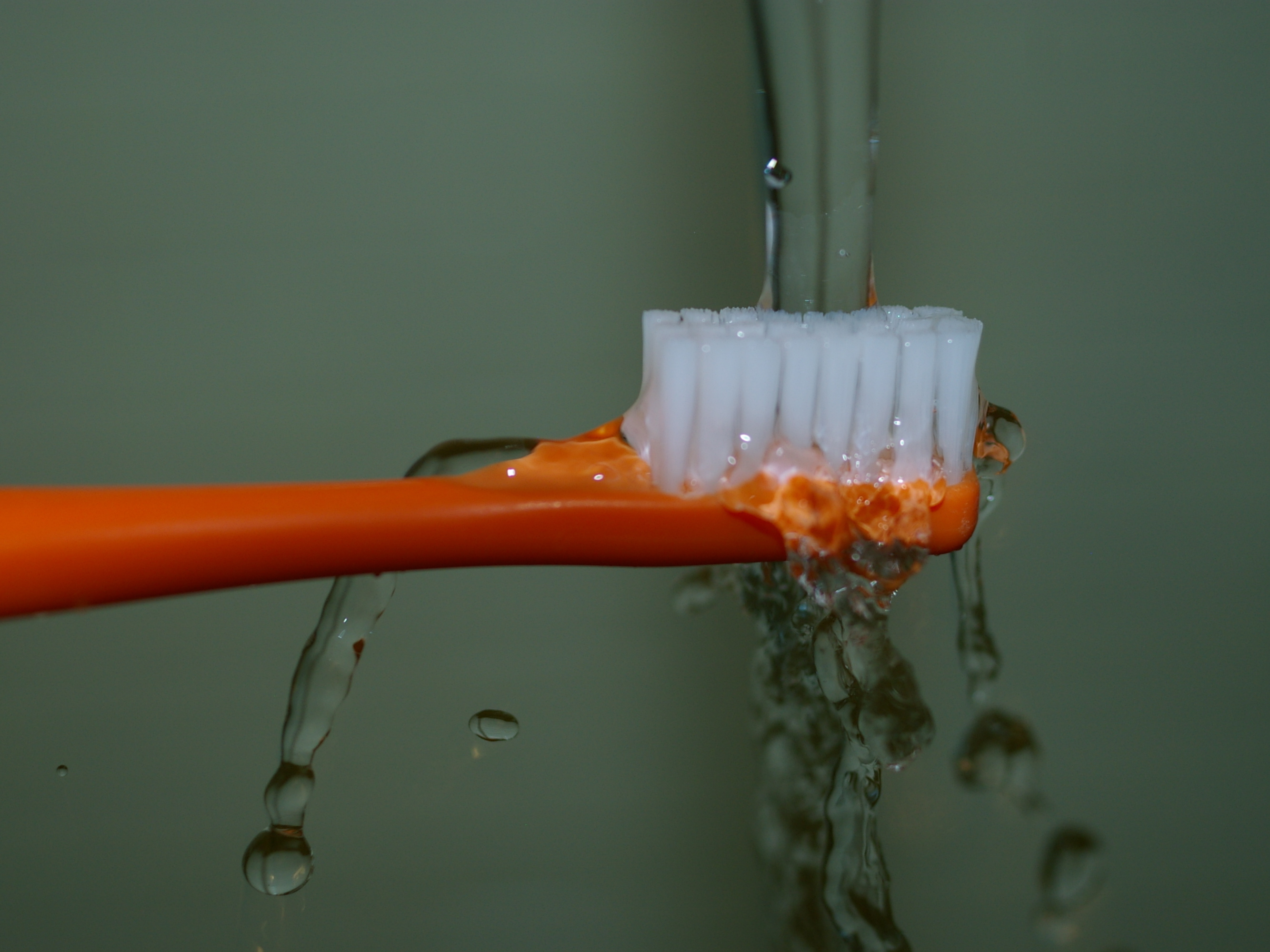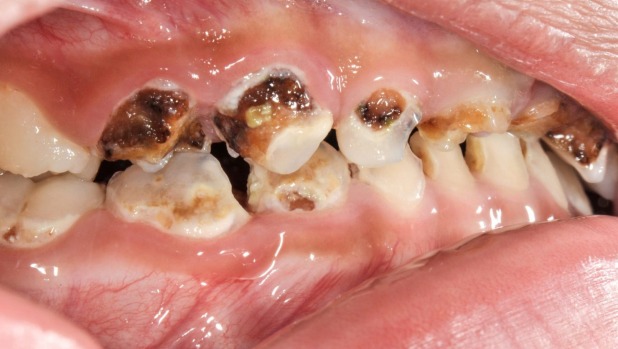 Why doesn’t Japan use community water fluoridation? This has been repeated several times on our page, so I finally did a little research around this. Firstly, Japan has not banned water fluoridation, they allow up to 0.8 ppm fluoride in their water.
Why doesn’t Japan use community water fluoridation? This has been repeated several times on our page, so I finally did a little research around this. Firstly, Japan has not banned water fluoridation, they allow up to 0.8 ppm fluoride in their water.
In the past Japan had community water fluoridation. The first programme was in Kyoto prefecture from 1952 – lasting 13 years, the second was established by US military authorities in Okinawa prefecture from 1957 – lasting 15 years, and the last experience was in Mie Prefecture from 1967 – lasting 4 years. Unfortunately water fluoridation has not been practised in Japan since 1972.
So why hasn’t water fluoridation returned? One source says that the public are not informed about the benefits or don’t have the correct information on fluoridation. Citizens, parliament, dental, medical professional societies, universities, and all of these relevant departments would require a high degree of cooperation to achieve community water fluoridation. But there are organisations who are trying to raise awareness, like the 8020 Promotion Foundation.
In 1989, a committee for studying dental health for adults took form and they proposed an 8020 movement aimed at encouraging to keep 20 or more of their own teeth until at the age of 80. 1992 saw the launching of programmes to promote the 8020 movement, with projects to support promotion of the movement initiated the following year. The 8020 Promotion Foundation wanted to protect not just the young but the old; something that other countries should follow.
While there is no city-wide water fluoridation programmes in Japan, there are school-based fluoride mouth rinsing programme (S-FMR). This started in a single prefecture in 1970, and spread to all of 47 prefectures by 2005. In 1978 in order to prevent the dental caries of 1st permanent molars erupting in preschool age, the S-FMR was also practiced in nursery schools. The Ministry of Health, Labour and Welfare in Japan released the guidelines in 2003, recommending that the S-FMR be introduced from preschool age children. S-FMR have been practiced since the age of 4-5 years when the permanent teeth would begin to erupt and continued until graduating from junior high school when the permanent dentition would be completed.
Fluoride mouth rinsing has been recommended by:
Japan Dental Association
Japanese Association for Dental Science
Japanese Association of School Dentists
Japanese Society for Dental Health
Japanese Society for Disability and Oral Health
Japanese Society for Oral Health
Japanese Society of Pediatric Dentistry
Ministry of Health, Labour and Welfare
As of March 2010, a total of 7,479 schools and 777,596 children were participating in S-FMR in Japan, with an estimate of 2,000,000 children participating in 2020. So when someone says there is no water fluoridation in Japan, you can inform them of the S-FMR programme.
Sources:
http://www.8020zaidan.or.jp/newtest3/english/dhj.html
http://onlinelibrary.wiley.com/doi/10.1111/idj.12068/pdf
http://jos.dent.nihon-u.ac.jp/journal/53/3/313.pdf






Fluoride is not a nutrient, not cost effective and an endocrine disruptor
Fluoride is a trace element. It is very cost effective. It’s safe and effective at the recommended amounts.